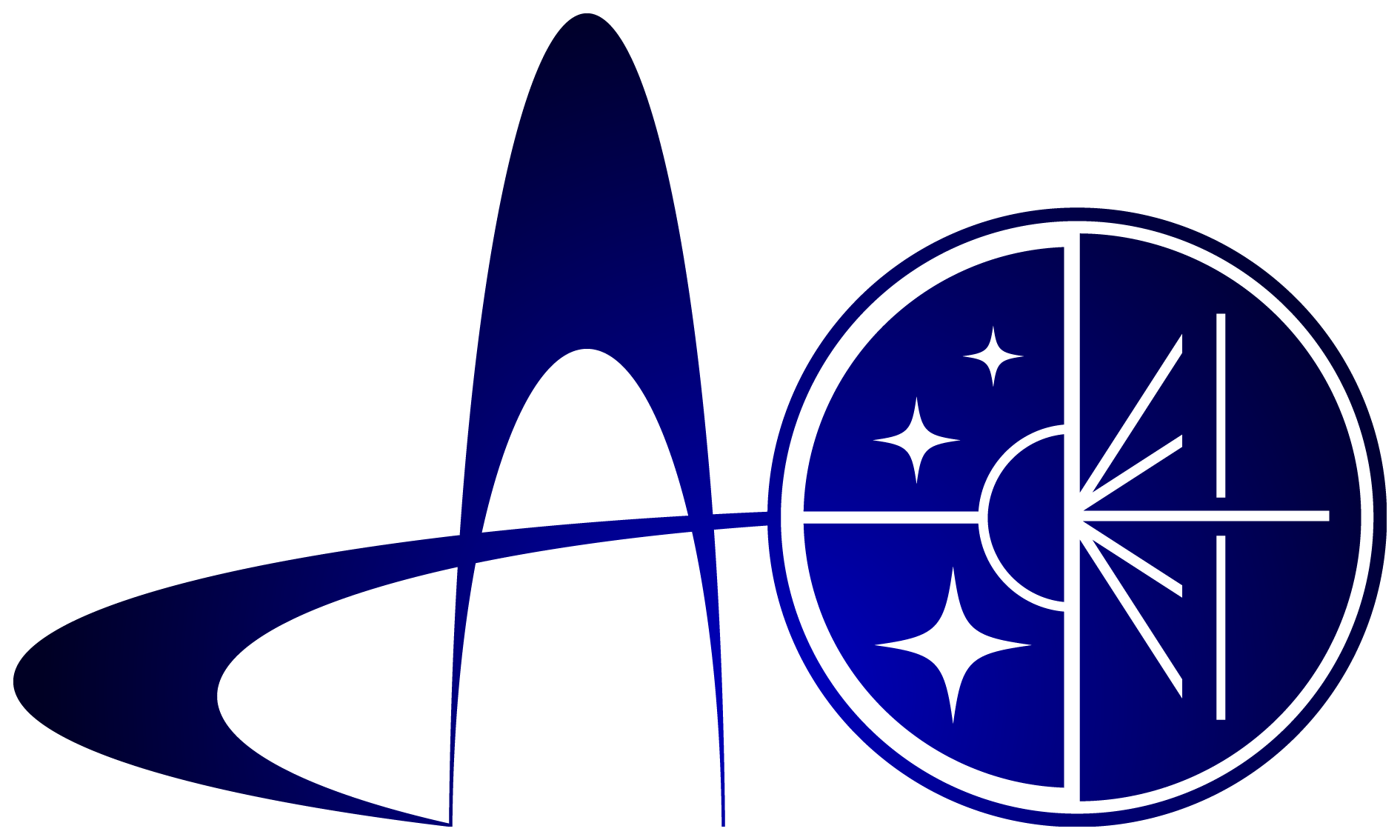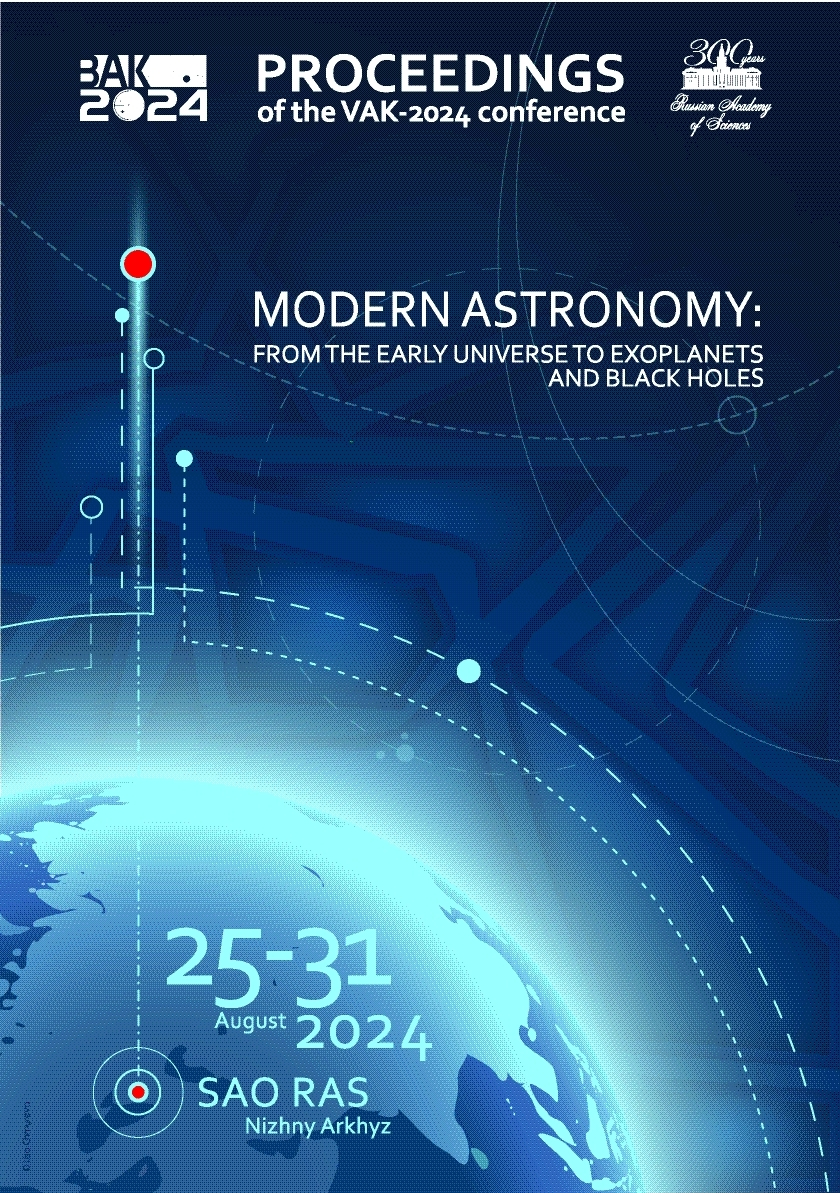UDC 523.985-125
UDC 523.985.3
UDC 52
UDC 53
UDC 520
UDC 521
UDC 523
UDC 524
UDC 52-1
UDC 52-6
CSCSTI 41.21
CSCSTI 41.00
CSCSTI 29.35
CSCSTI 29.31
CSCSTI 29.33
CSCSTI 29.27
CSCSTI 29.05
Russian Classification of Professions by Education 03.06.01
Russian Classification of Professions by Education 03.05.01
Russian Classification of Professions by Education 03.04.03
Russian Library and Bibliographic Classification 2
Russian Library and Bibliographic Classification 223
Russian Trade and Bibliographic Classification 614
Russian Trade and Bibliographic Classification 6135
BISAC SCI004000 Astronomy
BISAC SCI005000 Physics / Astrophysics
A statistical analysis of the magnetic energies (of the nonlinear force-free and potential fields, $E_\text{NLFFF}$, $E_\text{POTF}$, and their difference - a proxy for the free magnetic energy, $E_\text{FREE}$) in active regions (ARs) on the Sun of different Hale and McIintosh classes for the period from May 1, 2010 to 12 June, 2024 ( $\approx 1.3$ solar cycles) is presented. The magnetic field in ARs is calculated using the GX Simulator based on the photospheric vector magnetograms by the Helioseismic and Magnetic Imager (HMI) anboard the Solar Dynamics Observatory (SDO) and information about ARs contained in the daily Solar Region Summary (SRS) files provided by the NOAA SWPC. Distributions of different parameters have been determined in total for all ARs and separately for each Hale and McIntosh class, the mean values of the parameters and standard deviations were calculated for each class. As expected, it is found that the magnetic energies, unsigned magnetic flux, as well as the integral number of sunspots, the number of active regions, and the area of sunspots, integrated over ARs visible per day on the solar disk, exhibit an $\approx 11$ - year cyclicity. On average, magnetic energies of ARs increase with increasing Hale and McIntosh class (with sub-peaks in $E_\text{POTF}$ and $E_\text{NLFFF}$ for Hhx, Hkx, Cho-Cki), while the average fraction of the free magnetic energy, $E_\text{FREE}/E_\text{NLFFF}$ in ARs of different classes differs weakly. Correlation between $E_\text{POTF}$ and $E_\text{NLFFF}$ is almost identical for ARs of different Hale classes with the high values of the linear Pearson correlation coefficient, $ccp$, from 0.96 to 0.99. $E_\text{FREE}$ is less correlated with $E_\text{POTF}$ and $E_\text{NLFFF}$ ($ccp$ is from 0.32 to 0.71).
Sun: activity, magnetic fields, sunspots, flares
1. Nita G.M., Fleishman G.D., Kuznetsov A.A., et al., 2023, Astrophysical Journal Supplement Series, 267, 1, id. 6
2. Scherrer P.H., Schou J., Bush R.I., et al., 2012, Solar Physics, 275, 1-2, p. 207
3. Toriumi S. and Wang H., 2019, Living Reviews in Solar Physics, 16, 1, id. 3
4. Zimovets I.V. and Sharykin I.N., 2024, Geomagnetism and Aeronomy, 64, 5, p. 603







